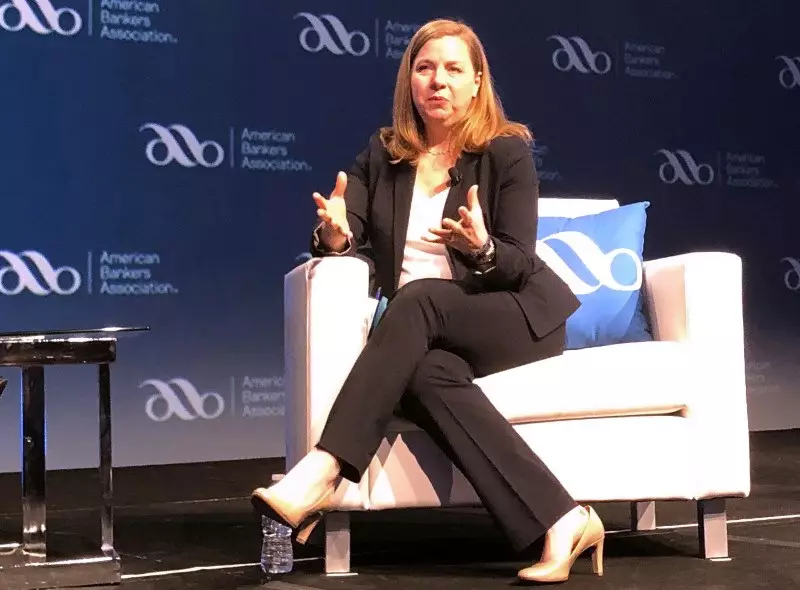Federal Reserve Governor Michelle Bowman recently expressed a slightly softer stance on inflation, acknowledging some welcome progress in recent months. Despite this, she emphasized that inflation remains uncomfortably above the central bank’s 2% goal and is subject to upside risks. Bowman indicated that if inflation continues to move sustainably towards the 2% target, it may be appropriate to gradually lower the federal funds rate to prevent monetary policy from becoming overly restrictive on economic activity and employment.
The Fed’s policy rate has remained in the 5.25%-5.50% range for over a year, with the possibility of a rate cut in September if inflation continues to cool. In June, inflation measured by the personal consumption expenditures price index eased to 2.5%. Bowman’s remarks did not rule out a rate cut next month, highlighting the need for patience and caution to avoid overreacting to individual data points.
Bowman’s Cautionary Approach
While Bowman did not explicitly mention a rate hike in the future, she remains cautious on the Fed’s policy-setting committee, especially as it considers cutting interest rates. Despite her belief that inflation will continue to decline with steady monetary policy, Bowman expressed doubts about price pressures easing as rapidly as they did in the previous year. She also remains more concerned about inflation than other potential risks.
Bowman pointed out the July increase in the unemployment rate to a nearly three-year high of 4.3%, suggesting that it may overstate the cooling in labor markets. She highlighted the low level of layoffs and the impact of external factors like Hurricane Beryl on job gains. Additionally, geopolitical tensions pose a threat of further price increases, reinforcing the need to closely monitor both inflation and the labor market.
Michelle Bowman’s nuanced approach to inflation reflects the complexities of managing monetary policy in a dynamic economic environment. By balancing the goals of price stability and full employment, she underscores the importance of a strategic and patient approach to address potential risks and uncertainties. As the Federal Reserve deliberates on its next steps, Bowman’s insights provide valuable perspectives on the challenges and opportunities in guiding the country’s economic trajectory.

